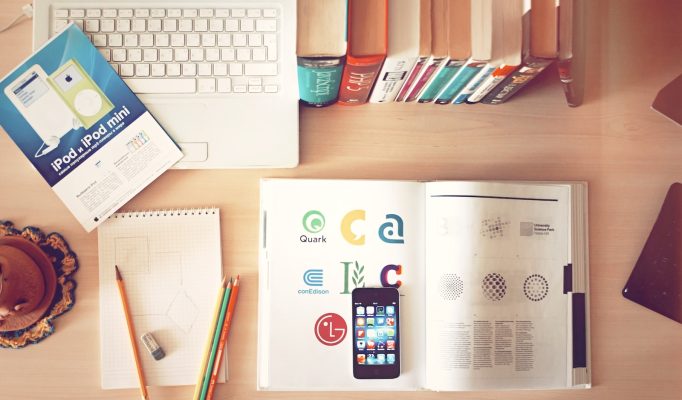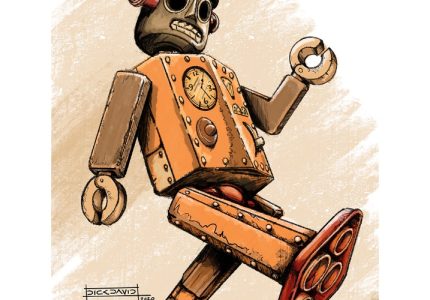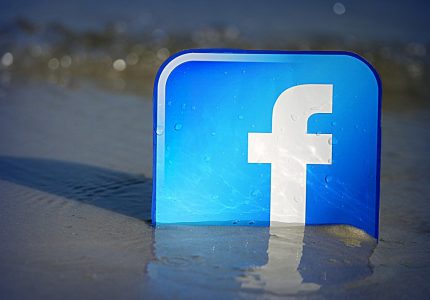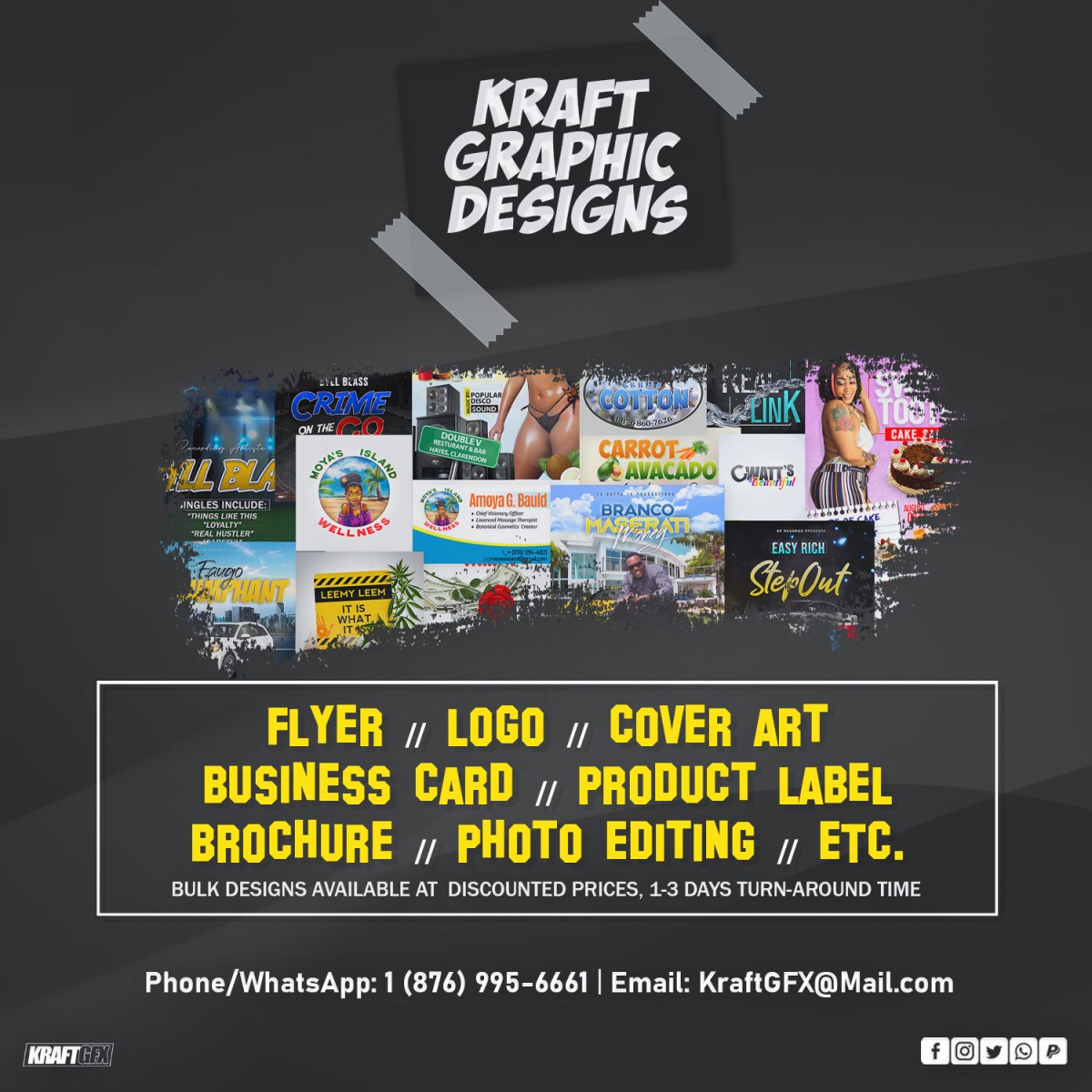
Graphic design is the process of creating images, text and so-called “white space” that communicates a message. It informs, persuades, organizes, stimulates, locates, identifies and attracts attention.
This type of design is often used in marketing materials like product catalogs and brochures to boost the sales process. It relies heavily on human psychology, which is why it is important to use visual elements that will connect with and engage your target audience.
Typefaces
Typefaces are the graphics of letters and symbols that a designer uses to convey a message in a design. They include serif and sans serif fonts, monospaced typefaces, display fonts and more.
Serif fonts are the classic typefaces with little lines called serifs attached to the main part of each letter. They’re common in print publications and can help convey a sense of tradition.
Sans serif fonts, on the other hand, have no serifs and can be used in a more modern, contemporary way. They’re also commonly used in digital designs because they tend to look more clean and professional.
Colors
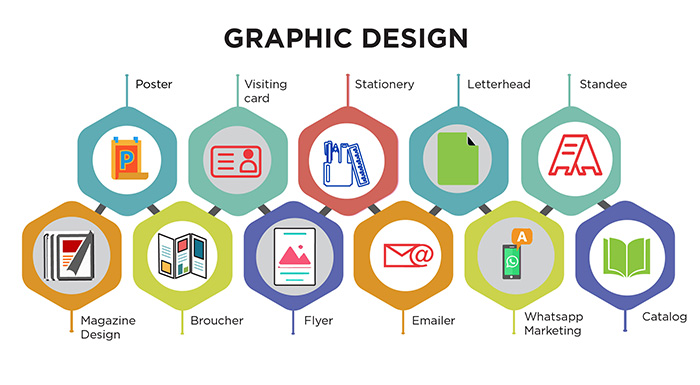
Colors are one of the most important tools a designer has to create effective visual content. They can enhance brand perception, draw attention, impact users’ emotions and increase usability.
Do you need graphic design services?
Every company today needs the services of a graphic designer not only to create impressive marketing materials like brochures, stationery, websites, and social media designs but also to effectively communicate the message to the target audience.
Color theory is a set of rules and guidelines that designers use to choose the best colors every time. It draws on extensive collected knowledge about human optical ability, psychology, culture and more.
When choosing colors, it’s a good idea to consider value, chroma and saturation. These three factors determine how light or dark a color is, and how pale or saturated it looks.
Lines
Lines are one of the fundamental elements in graphic design. They can connect or separate elements, create hierarchy, and help guide a viewer’s eye through a page.
They can be solid, dashed, dotted or implied. Variations in length, width, weight, texture and style give lines a variety of qualities that serve designers in different ways.
In addition, they can be curved or freeform to add movement and energy to a design. They can also be parallel to suggest speed and action.
Space
One of the most important aspects of design is space. It can elevate or completely ruin a composition.
Using the right amount of space can help tie together objects and elements in your designs, making them look more organized and logical.
There are many different ways to do it, but there are a few key principles to keep in mind. Understanding these will allow you to use space smartly in your next design.
Shapes
Shapes are a fundamental aspect of graphic design. They represent a concept, create movement or provide depth and texture.
Besides shapes there are other visual elements that make up graphic design such as line, colour, space and form. Understanding how they interact with each other can help you achieve an effective and successful design.
Basic shapes are familiar to viewers and they suggest comfort and security. They’re also used to organize and define a design.

Texture
Texture is an element that designers use to add depth and dimension to their designs. Whether it’s actual physical texture or implied, it helps to give a design an organic feel that can be very engaging and memorable.
In art, texture can be either physical (a multimedia sculpture or a photograph of a piece of paper that has been crumpled) or implied through illustration. Texture is also used in photography and graphic design, where it adds an optical quality and a sense of realism to the work.
While some textures are more effective than others, it’s important to know how to incorporate them into your design. Too much can overwhelm viewers and make it difficult to focus on the content of your design, while too little can look flat or uninspiring.
